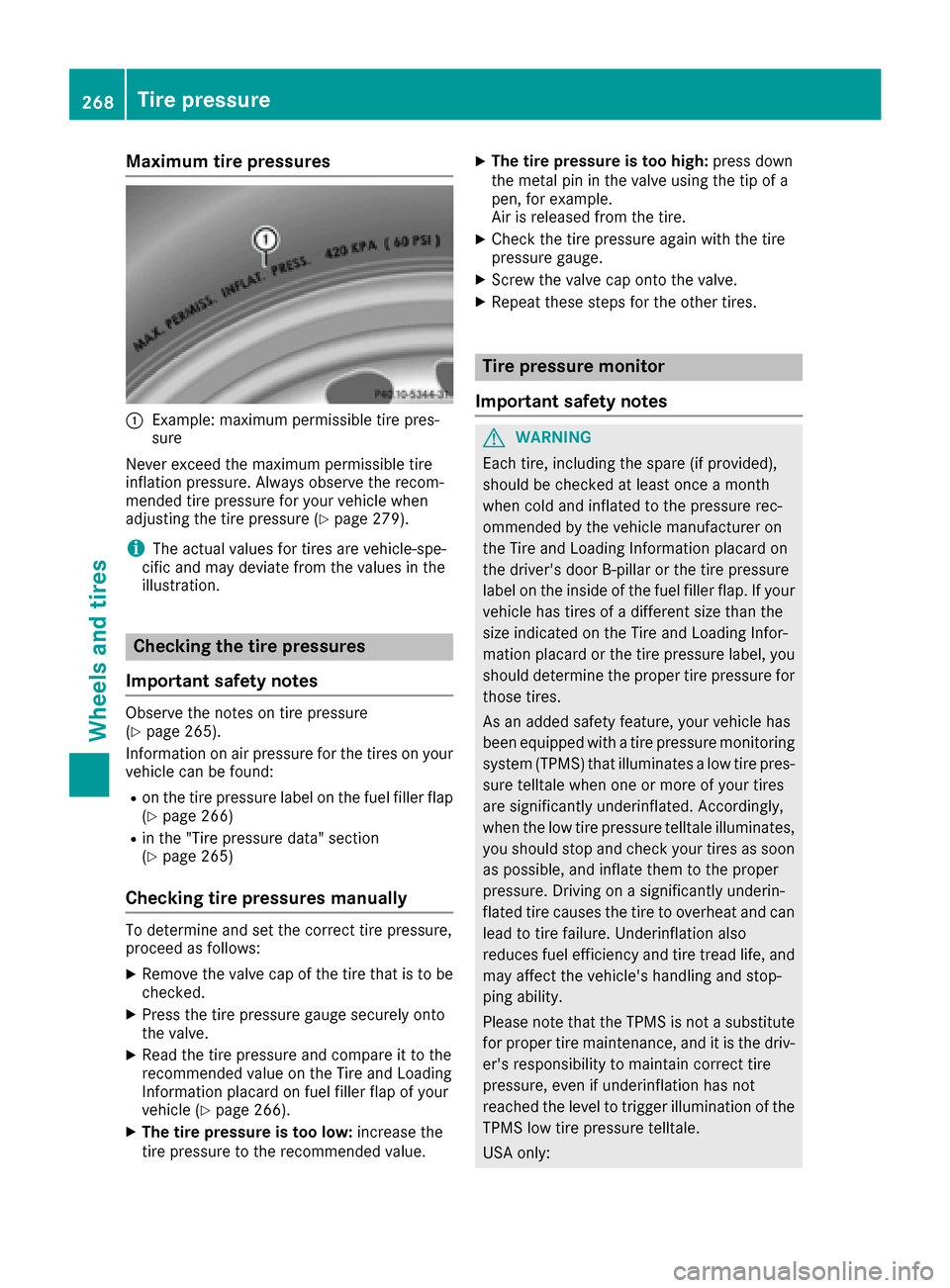2016 MERCEDES-BENZ G-Class fuel cap release
[x] Cancel search: fuel cap releasePage 10 of 302

EngineCheck Engine warning lamp .......... .210
Display message ............................ 192
ECO start/stop function ................ 114
Engine number ............................... 289
Irregular running ............................ 117
Jump-starting ................................. 254
Starting problems .......................... 117
Starting the engine with the
SmartKey ....................................... 113
Switching off .................................. 131
Tow-starting (vehicle) ..................... 259
Engine electronics
Problem (malfunction) ................... 117
Engine oil
Adding ...........................................2 37
Additives ........................................ 292
Checking the oil level ..................... 236
Checking the oil level using the
dipstick .......................................... 236
Display message ............................ 193
Filling capacity ............................... 292
Notes about oil grades ................... 292
Temperature (on-board com-
puter) ............................................. 182
Viscosity ........................................ 292
Environmental protection
Note ................................................. 19
ESP
®(Electronic Stability Pro-
gram)
AMG menu (on-board computer) ... 182
Deactivating/activating ................... 57
Display message ............................ 185
Function/notes ................................ 57
Important safety information ........... 57
Trailer stabilization ........................... 58
Warning lamp ................................. 207
Exhaust check ................................... 133
Exhaust tail pipe (cleaning instruc-
tions) ..................................................2 44
Exterior lighting
see Lights
Exterior mirrors
Adjusting ......................................... 80
Dipping (automatic) ......................... 81
Folding in when locking (on-board
computer) ...................................... 181 Folding in/out (automatically) ......... 81
Folding in/out (electrically) ............. 80
Out
of p
osition (troubleshooting) ..... 81
Setting ............................................. 81
Storing settings (memory func-
tion) ................................................. 82
Storing the parking position ............. 81
F
Filler cap
see Refueling
First-aid kit ......................................... 248
Flat tire
Preparing the vehicle ..................... 250
Folding the seat backrest (rear)
forwards/back .................................. 217
Fuel
Additives ........................................ 291
Consumption information .............. 291
Consumption statistics .................. 173
Displaying the range ...................... 174
Fuel gauge ..................................... 171
Grade (gasoline) ............................ 290
Important safety notes .................. 290
Notes for AMG vehicles ................. 291
Premium-grade unleaded gaso-
line ................................................. 290
Problem (malfunction) ................... 130
Refueling ........................................ 127
Tank content/reserve fuel ............. 290
Fuel consumption
Notes ............................................. 132
Fuel filler flap
Emergency release ........................ 129
Opening/closing ............................ 128
Fuel level
Calling up the range (on-board
computer) ...................................... 174
Fuel tank
Capacity ........................................ 290
Problem (malfunction) ................... 130
Fuel/water separator
Service ........................................... 241
Fuse allocation chart ........................ 259
Fuse box
Battery case ................................... 260
Dashboard ..................................... 259
8Index
Page 270 of 302

Maximum tire pressures
:Example: maximum permissible tire pres-
sure
Never exceed the maximum permissible tire
inflation pressure. Always observe the recom-
mended tire pressure for your vehicle when
adjusting the tire pressure (
Ypage 279).
iThe actual values for tires are vehicle-spe-
cific and may deviate from the values in the
illustration.
Checking the tire pressures
Important safety notes
Observe the notes on tire pressure
(Ypage 265).
Information on air pressure for the tires on your
vehicle can be found:
Ron the tire pressure label on the fuel filler flap
(Ypage 266)
Rin the "Tire pressure data" section
(Ypage 265)
Checking tire pressures manually
To determine and set the correct tire pressure,
proceed as follows:
XRemove the valve cap of the tire that is to be
checked.
XPress the tire pressure gauge securely onto
the valve.
XRead the tire pressure and compare it to the
recommended value on the Tire and Loading
Information placard on fuel filler flap of your
vehicle (
Ypage 266).
XThe tire pressure is too low: increase the
tire pressure to the recommended value.
XThe tire pressure is too high: press down
the metal pin in the valve using the tip of a
pen, for example.
Air is released from the tire.
XCheck the tire pressure again with the tire
pressure gauge.
XScrew the valve cap onto the valve.
XRepeat these steps for the other tires.
Tire pressure monitor
Important safety notes
GWARNING
Each tire, including the spare (if provided),
should be checked at least once a month
when cold and inflated to the pressure rec-
ommended by the vehicle manufacturer on
the Tire and Loading Information placard on
the driver's door B-pillar or the tire pressure
label on the inside of the fuel filler flap. If your
vehicle has tires of a different size than the
size indicated on the Tire and Loading Infor-
mation placard or the tire pressure label, you
should determine the proper tire pressure for
those tires.
As an added safety feature, your vehicle has
been equipped with a tire pressure monitoring
system (TPMS) that illuminates a low tire pres-
sure telltale when one or more of your tires
are significantly underinflated. Accordingly,
when the low tire pressure telltale illuminates,
you should stop and check your tires as soon
as possible, and inflate them to the proper
pressure. Driving on a significantly underin-
flated tire causes the tire to overheat and can lead to tire failure. Underinflation also
reduces fuel efficiency and tire tread life, and
may affect the vehicle's handling and stop-
ping ability.
Please note that the TPMS is not a substitute
for proper tire maintenance, and it is the driv-
er's responsibility to maintain correct tire
pressure, even if underinflation has not
reached the level to trigger illumination of the
TPMS low tire pressure telltale.
USA only:
268Tire pressure
Wheels and tires